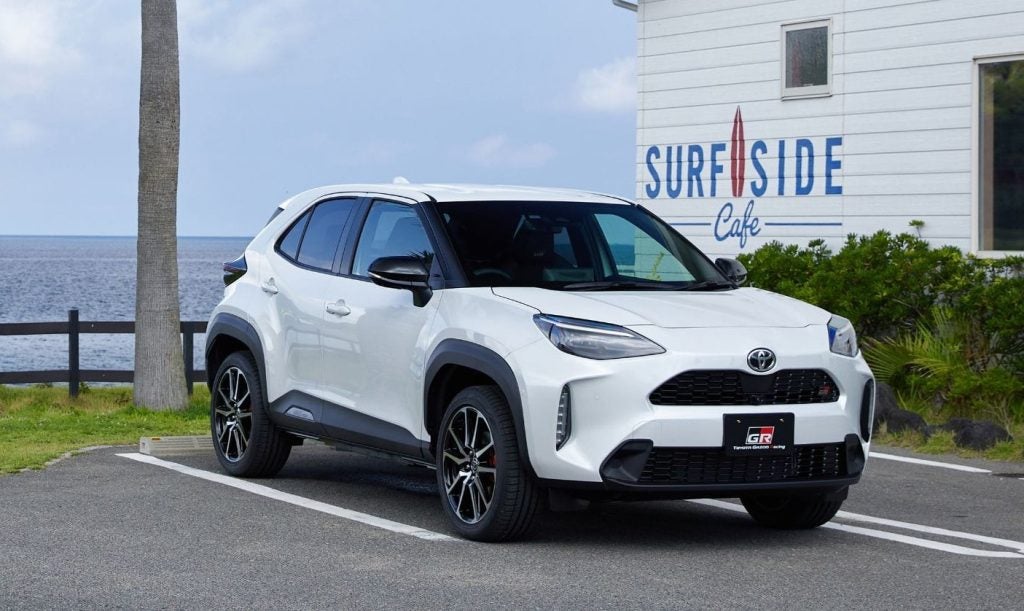
New vehicle sales in south-east Asia’s six largest markets fell by 3.6% to 737,474 units in the first quarter of 2016, from 765,399 units in the same period of last year, according to data compiled exclusively for just-auto.
The region’s largest market, Indonesia, continued to decline in the first quarter of 2016, by over 5% to 267,230 units, despite a moderate pick-up in economic activity due mainly to rising public and private investment. Recent interest rate cuts and new models are expected to help lift sales in the second half of the year, however.
Sales in Thailand also continued to decline in the first quarter, by over 8% to 181,318 units, as heavily indebted Thai consumers held back on large item purchases. The industry expects the market to post a fourth year of decline this year, with sales forecast to fall by 5-6% to 750,000 units.
Malaysia’s new vehicle market posted the sharpest year-on-year fall, of 22% to 131,267 units, in the first quarter of 2016 as economic growth in the country continued to moderate. Sales in the equivalent period of last year were artificially lifted ahead of the introduction of the new goods & services tax (GST) in April 2015.
The region’s smaller markets continued to outperform, with sales in the Philippines rising by close to 22% to 76,479 units and in Vietnam by almost 38% to 56,264 units. Both these markets have very low vehicle ownership levels and continued to enjoy above average economic growth.
The Singapore vehicle market continued to enjoy a strong cyclical rebound after many years of decline, driven mainly by a sharp fall in registration taxes.
How well do you really know your competitors?
Access the most comprehensive Company Profiles on the market, powered by GlobalData. Save hours of research. Gain competitive edge.

Thank you!
Your download email will arrive shortly
Not ready to buy yet? Download a free sample
We are confident about the unique quality of our Company Profiles. However, we want you to make the most beneficial decision for your business, so we offer a free sample that you can download by submitting the below form
By GlobalDataIndonesia
New vehicle sales in Indonesia fell by 5.3% to 267,230 units in the first quarter of 2016, from 282,345 units a year earlier, according to data compiled by industry association Gaikindo.
The market has been in decline since the second half of 2014, as economic growth moderated due to falling commodity prices, declining export revenues and high interest rate designed to offset fuel price hikes and a weakening currency.
With GDP growth falling to 4.7% last year, full-year sales fell by over 16% to 1,013,300 units, from 1,208,000 units in 2014.
Economic growth accelerated moderately in the first quarter of 2016, to just over 5%, reflecting higher private and public sector investment – particularly in infrastructure and other construction projects.
Cuts in fuel retail prices, low commodity prices and a stable currency have helped reduce price inflation in the last few months. This allowed Bank Indonesia to cut its benchmark interest rate three times since the beginning of the year, to 6.75%., which should help stimulate domestic consumption.
The industry hopes the improving economy and the availability of new models launched over the last year, including best-sellers such as the Toyota Avanza and Innova, Daihatsu Xenia and the Honda BR-V, will help lift the market by around 4-5% to 1.05m units this year.
Thailand
New vehicle sales in Thailand fell by 8.3% to 181,318 units in the first quarter of 2016, compared with 197,734 units in the same period of last year, according to the Federation of Thai Industries’ monthly statistical report.
The market has been in decline since it peaked at 1.44 million units in 2012 – a record high achieved only with the help of government incentives and loose lending.
Manufacturers pointed to changes to excise taxes at the beginning of 2016, which encouraged consumers to bring forward purchases of SUVs and pickups into last year, as one of the reasons for the continued market weakness.
Domestic consumption growth has struggled to gain traction since the political turmoil which led to a military couple in May 2014, mostly due to high consumer debt. While Bank of Thailand has gradually reduced its repo rate over the last two years to 1.5% at present, commercial banks remain cautious when it comes to lending.
Economic growth is estimated at 2.8% last year, the lowest among South-East Asia’s largest countries. But growth is seen picking up in the first half of 2016, helped by higher government expenditure – particularly in infrastructure, and rising private investment.
The tourism sector is also growing strongly, helped by sharply higher arrivals from China, while exports showed signs of stabilizing in the first quarter of the year.
Most vehicle manufacturers do not expect the market to grow this year, with the FTI forecasting a further 5-6% dip in sales to around 750,000 units in 2016.
Malaysia
Malaysia’s new vehicle market shrank by 22% to 131,267 units in the first quarter, compared with 168,306 units in the same period of last year, according to data released by the Malaysian Automotive Association (MAA).
The market dropped sharply in March, by almost 28% to 48,800 units against strong year data when consumers brought forward purchases ahead of the introduction of the new goods & services tax (GST) in April 2015.
GDP growth weakened progressively throughout 2015, with full-year growth estimated at 4.9% compared 6% in 2014. Economic growth is expected to have moderated further in the first quarter of 2016 reflecting a slowdown in private investment, depressed commodity prices and weak exports.
The central bank has kept its overnight lending rate at 3.25% since mid-2015 due to high inflation and a weak currency, but it has taken measures to boost bank liquidity.
The MAA expects a moderate decline in total vehicle sales, of around 2.5% to 650,000 units, in 2016 from last year’s record volumes, reflecting a slowdown in both the domestic and global economic growth.
Vehicle sales in the ASEAN region by market, 2013-16
NB: The quarterly sales data does not include some import sales in Vietnam and the Philippines, which are not included in the main trade associations’ statistical reports.




